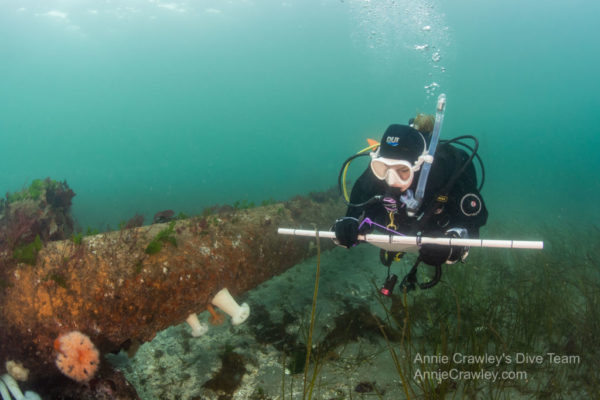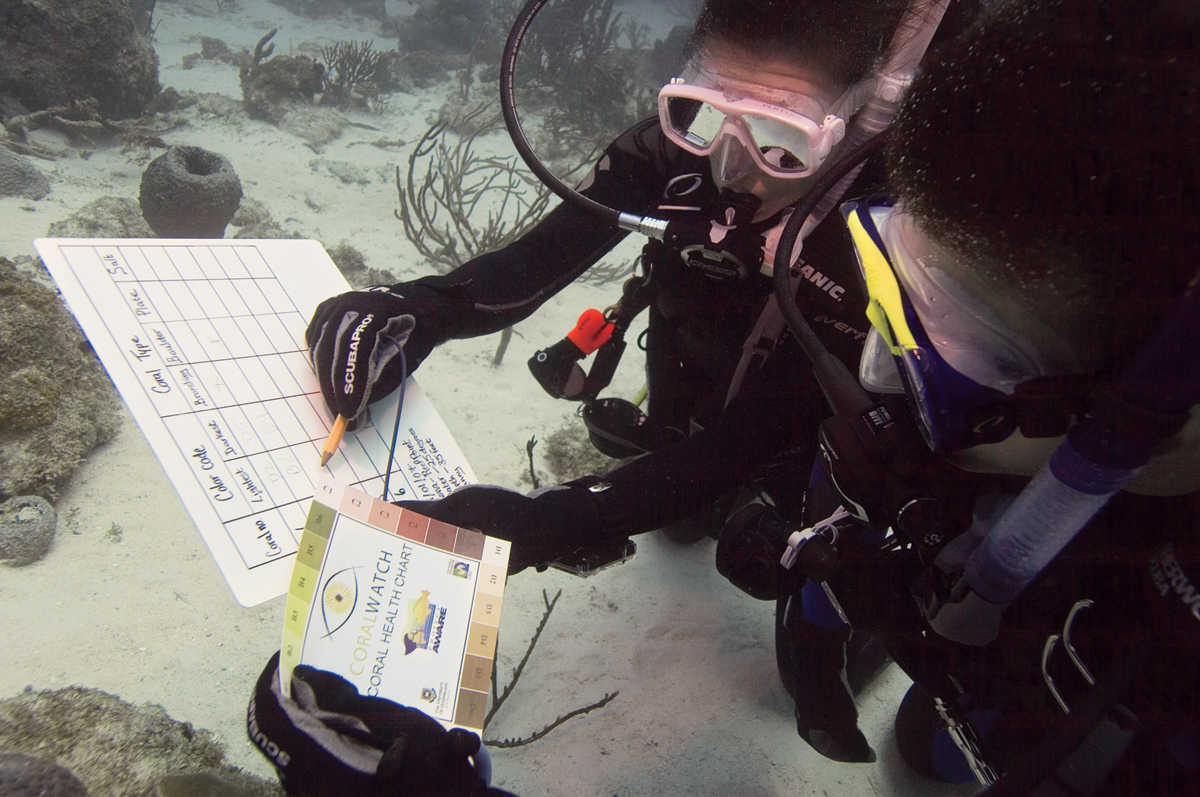Discover Scientific Diving
This two dive program is designed to introduce divers to the protocols and tools required to collect accurate data underwater. The diving day consists of three parts – a discussion on identification tips and introducing protocols, and two dives. The first dive will teach divers how to collect data about the composition of the reef and invertebrates. The second dive will focus on kelp and urchin data collection.
Prerequisites: You must be hold an Advanced diver certificate for PADI or other recognized agency. You must have 15 or more logged dives (5 in the last 12 months).

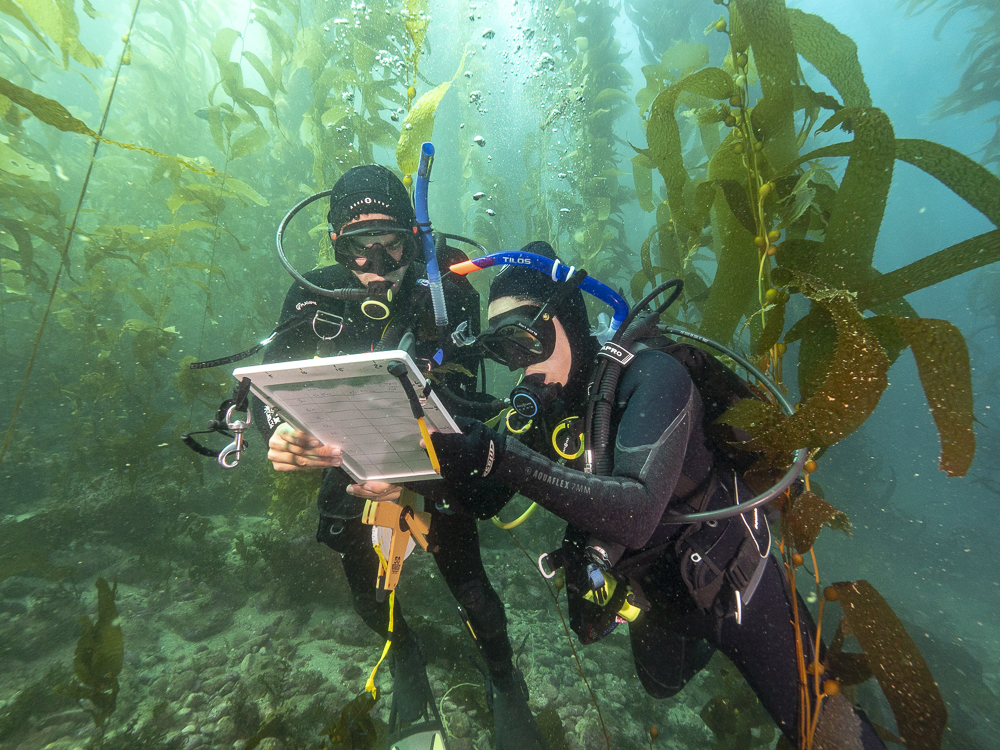
Questions about Discover Scientific Diver – Reef Check
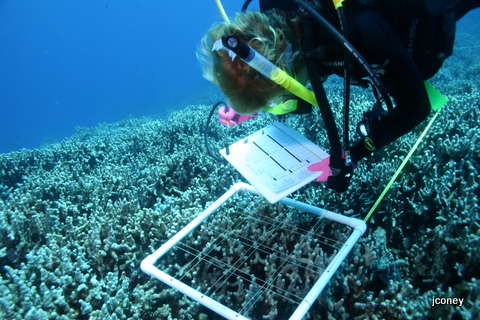
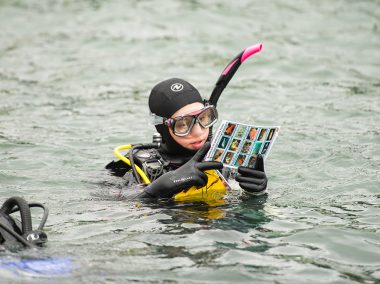
Two Discover Dives
Dive one teaches divers how to collect data about the composition of the reef and invertebrates. The second dive will focus on kelp and urchin data collection.

Advanced Credit
Grab your credit: Dive one of this PADI Specialty can be used as credit toward your Scuba Fusion Advanced Diver certification.
